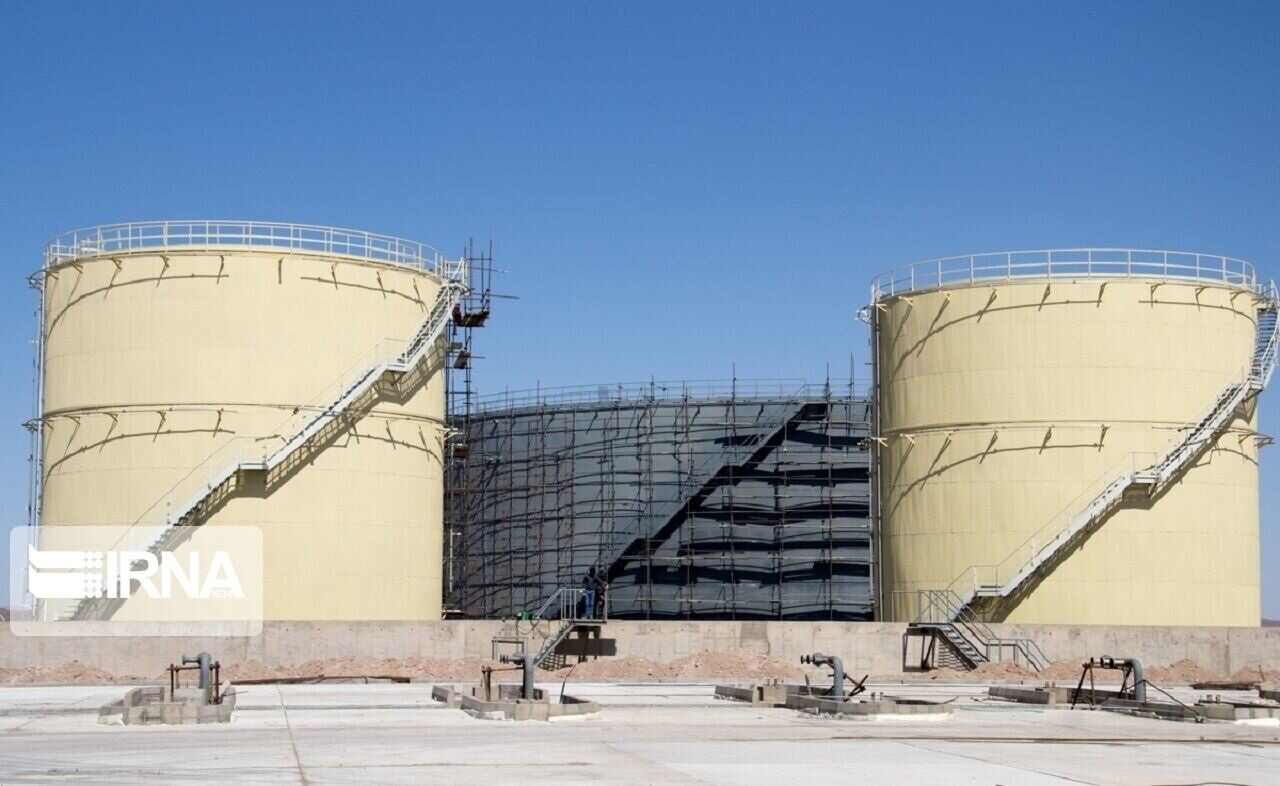The construction of the first phase of Iran’s first coal-fired power plant in Tabas, South Khorasan Province, has registered a work-in-progress rate of 35%.
Based on data from the Thermal Power Plant Holding Company, the boiler of the plant has been imported on account of its higher technology, which will help reduce pollution when it becomes operational, Barq News website reported.
Although coal-fired power stations account for 30% of electricity generated in the world, Iran’s share of this natural resource to produce power is zero.
The Energy Ministry plans to build coal-fired power stations capable of producing 5,000 megawatts of power over the next two decades.
The Tabas facility consists of two steam-powered units, each of which has a capacity to generate 325 megawatts of power.
Mazino Coalmine, which holds more than 600 million tons of in-place coal, will feed the plant.
Coal plants require enormous amounts of coal. Shockingly, a 600-MW coal plant uses 4,500 tons of coal per day.
Supplying equipment for the new power plant is the responsibility of Iran’s MAPNA Group and China’s Shanghai Electric.
However, environmentalists have voiced strong opposition to the project, saying that burning coal will worsen pollution and global warming.
According to reports, coal energy produces a tremendous amount of harmful emissions such as carbon dioxide, sulfur dioxide and sulfuric acids that contribute considerably to climate change and global warming.
Nevertheless, proponents of the plan argue that building a coal plant makes sense because “it allows Iran to diversify its sources of energy, which now largely comes from thermal plants using gas".
They also claim that the relatively low cost of power generation from coal justifies such a project.
The Tabas power station is being constructed in Dasht-e Kavir (the Great Salt Desert) in central Iran and will be equipped with advanced pollution-reduction systems, in which suspended particles, produced by coal burning in the furnace, are absorbed by electrostatic filters.
Therefore, all exhaust gases will be in line with environmental standards and the plant will not contribute to air pollution.
When the power plant comes on stream, it will create 1,500 direct and 5,000 indirect jobs, which will help reduce unemployment in South Khorasan and east of the country.
Global Coal Power
According to the UK-based website Carbon Brief, since 2000, the world has doubled its coal-fired power capacity to around 2,045 gigawatts after explosive growth in China and India. A further 200 GW is being built and 300 GW is planned.
Despite the US and Europe shuttering coal-fired power plants, coal remains a major fuel in global energy systems.
In 2018, global coal demand rebounded and grew by 1.4% due to increased consumption in Asia, where coal consumption increased by 2.5%. This increased consumption was mainly from power generation, which reached an all-time high, increasing 3% in 2018 and accounting for almost 40% of global electricity generation.
China remains the world’s largest coal consumer, using more than 50% of all the coal consumed in the world. According to China’s National Bureau of Statistics, China relies on coal for 57.7% of its primary energy, and for 67% of its electricity.
India led other countries in coal consumption growth, increasing its consumption in 2018 by 36 million tons oil equivalent, which is 8.7% higher than in 2017. India generated 75% of its electricity from coal in 2018.
Both countries have sizable coal reserves of more than 100 billion tons. But, both countries also import coal, together accounting for more than one-third of the world’s coal imports in 2018.
According to latest reports, planned coal-fired capacity additions from a number of countries in and around the Middle East will add 44 gigawatts of new electric generating capacity over the next decade.
Coal capacity in the region is typically less than that of other fuels, particularly compared to liquefied natural gas or petroleum-based fuels. Turkey is the heaviest user of coal-fired power among these countries with a capacity of approximately 18.5 GW, followed by Pakistan (2.5 GW). The two counties both plan to add more coal capacity over the next decade.
Egypt, Oman, Jordan and the UAE have no current coal-fired electricity generation, but they each plan to build coal-fired power plants in the near future, reports say.


